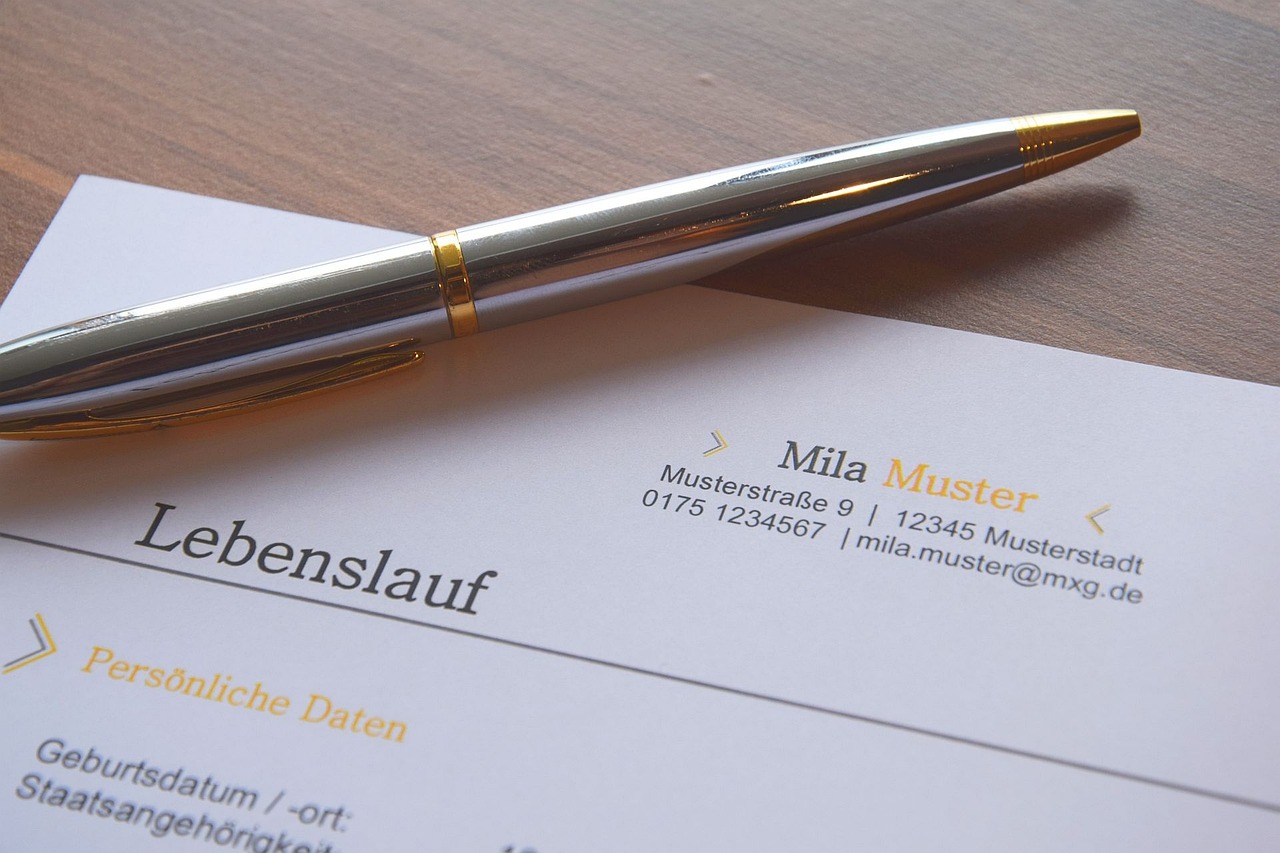How long should it take to craft a resume ?

Creating a resume can be a daunting task, especially if you want it to shine amongst the plethora of applications employers receive daily. The time required to draft a compelling resume varies based on several factors including your career stage and how refined you want the final product to be. But just how long should it take to craft a resume?
If you’re starting from scratch or haven’t updated your resume in a long time, then it’s important to devote enough time for resume writing. A crucial step is deciding on content and formatting styles that best fit your professional background. If you’re pressed for time and need assistance, consider using resources where you can create your CV here.
Understanding the Time Investment
Crafting a well-structured resume isn’t something that should be rushed. How long it will take depends on what stage you are at in your career. Whether you are preparing an entry-level resume or updating a more seasoned mid-career resume, each comes with its own set of challenges. Below is a breakdown of time frames for different scenarios.
Entry-level resumes
An entry-level resume generally requires more foundation building since you’re likely to have fewer experiences but may need to compensate with other sections such as skills and education. Typically, crafting this kind of resume could take anywhere from several hours to a full day. This includes brainstorming, drafting, reviewing, and doing necessary revisions.
One essential aspect is gathering all relevant information beforehand, such as job descriptions, awards, volunteer activities, internships, and education details. Initial rough drafts might reveal areas requiring amendments, and following this iterative process helps refine the document into a polished resume suitable for employers’ review time constraints.
Mid-career resumes
For mid-career professionals, crafting a resume can take longer owing to a more extensive career history that needs concise yet comprehensive expression. It’s not uncommon for this process to span over several days. Each role must be articulated effectively, showcasing career progression, achievements, and contributions without making it too cluttered.
The challenge here lies in deciding which roles and experiences are most pertinent to potential employers. Often, client feedback or phone consultations with career coaches can prove invaluable. Ensuring targeted keywords align with industry norms can also become a decisive factor in creating a robust resume. Overall, this fine-tuning dramatically impacts the typical resume length, often defining sections like professional summary and core competencies in greater detail.
Steps to Efficient Resume Writing
There are multiple steps involved in producing a standout resume. While the total time might vary individually, breaking it down into manageable tasks can streamline the process significantly. Let’s dive into these essential steps:
Brainstorming and research
The foundation of any effective resume is meticulous planning. Allocate a couple of hours solely to brainstorming and researching. Gather all previous work experiences, educational background, certificates, and skills. Look into the latest resume formats and standards within your industry alongside sample resumes to get ideas.
Another vital aspect during this phase is identifying job-specific keywords. Analyzing job descriptions for positions of interest gives insight into desirable qualities and skills employers seek. With this, you can tailor your resume to better match prospective job postings.
Drafting your professional story snapshot
With ample information at hand, start drafting your document. Begin with the contact information section, followed by a compelling professional summary—a snapshot of your career that highlights your unique selling points. Keep it concise but impactful.
Next, move on to experience and education sections, carefully listing out roles and responsibilities along with quantifiable achievements. If overcoming writer’s block feels cumbersome, employing templates or seeking advice through online platforms might ease the task. Spending around three to five hours at this stage isn’t unusual.
Revisions and client feedback
This phase is crucial as it involves refining and perfecting what you’ve drafted into a polished document. Spend additional time proofreading for errors, tweaking phrasings, and checking consistency. Utilizing tools like grammar checkers or getting another pair of eyes—be it friends, colleagues, or professional resume writers—can offer valuable insights.
Incorporate feedback constructively ensuring alignment with your career objectives while keeping the resume clear and readable. Revisions might take a few more hours spanning one or two days, depending on feedback cycles and availability.
Final touches and format check
Aesthetics play a significant role apart from content. Ensure uniform font, spacing, and layout stay consistent throughout. Avoid overly elaborate designs; simplicity usually resonates better. Tailor the design towards clarity and readability. This final review ensures your resume stands professionally presentable.
If applying for creative roles, feel free to incorporate slight graphical elements reflecting your portfolio, provided they don’t overshadow the text. Take an hour or two for these final touches, and remember to save copies in various formats compatible for submission—usually PDF and DOCX.
Special Considerations
Beyond the typical preparation flow mentioned above, sometimes special considerations come into play, affecting overall timelines. Here are some additional scenarios to think about:
Career switch or gap in employment
Switching careers or addressing employment gaps can add complexity prompting further refinements of your narrative. Tailor each detail fitting seamlessly within the new desired field highlighting transferable skills. Expect the process to require extra thoughtful planning possibly extending into weeks.
High-level executives
Executives and senior professionals demand a mix between detailed executive bios and traditional resumes. Such documents encapsulate strategic accomplishments and future leadership direction needing ample precision thus demanding prolonged time investments perhaps facilitated by external consulting.
- Research industry standards: Knowing what is expected in your field helps make informed decisions.
- Utilize templates: Templates can speed up formatting and structure groundwork.
- Seek expert guidance: Don’t hesitate to employ services offering personalized critique or guidance.
- Continuous refinement: Regular updates ensure readiness whenever opportunities arise.
Ultimately, creating a resume should reflect quality over hastiness. Regardless if forming your initial draft or evolving years of experience, dedicating appropriate time reflects in outcomes. Balanced efforts incorporating these strategies guarantee a resonant professional story aligning with employers’ expectations.







